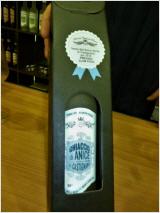our specialties: Vino Cotto and Anice
Nectar (s) of the gods
An old saying goes that the Vino Cotto accompanies the Marchigians from birth to death.
But you shouldn't equate Vino Cotto with other "cooked" wines, because that would be far too easy.
Vino cotto has been made from cooked must for centuries. This then undergoes fermentation and storage in oak barrels for at least 6 years. Only after this minimum time you have a very young vino cotto that can then be used. But it is important not to use up this “mother” completely, because new cooked must is added to it every year.
Until a few years ago, it was forbidden to sell the Vino Cotto outside of private use, and this ban has been lifted. However, a purchase in normal shops is hardly possible - why? Simply because it is still a family tradition and the vino cotto that you can buy has in most cases nothing to do with the real vino cotto.
However, a small manufacturer, the Azienda Terre dei Calanchi Piceni, produces this vino cotto according to the precisely specified recipes that have been handed down over generations.
Giovanni started manufacturing about 10 years ago. He used the stocks of his grandfather, who had left many barrels of Vino Cotto that is now more than 60 years old. So it happens that a luxury class vino cotto is created, because the saggio (the wise) contains 80% vino cotto that is more than 10 years old, the remaining 20% consists of more than 60 year old vino cotto!
Lovers of Italian specialties will be happy to taste and, of course, buy samples of this delicacy on site. A visit to Terre dei Calanchi Piceni is also part of our cooking and gourmet tours.
The descriptions of these specialties can be found here:
Vino Cotto IntensoVino Cotto AfroditeVino cotto Saggio
Anice - the slightly different digestif
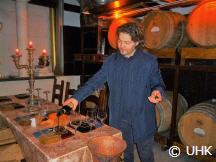
|
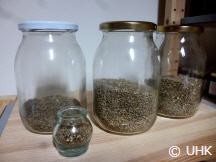
|
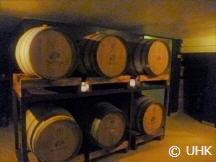
|
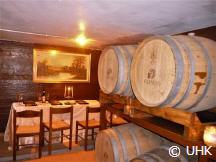
|
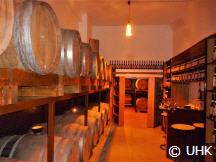
|
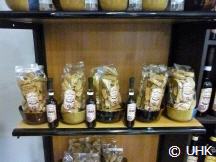
|
Anice
Anice - what are we talking about?
In the south of the Marche, the so-called Piceno, the area around Ascoli Piceno and the area with the characteristic Calanchi, bizarre formations, formed by wind and weather, is the area where the anise is grown.
Here, however, we are not talking about normal anise, but green anise. Due to its high anethole content, it has a very good medical effect on the body. But that's incidentally. Let's see what anise has to offer in the culinary sector.
This anise received its highest award with recognition from Slow Food, but certainly an even larger one as the basis for the anice.
The small company Terre dei Calanchi Piceni has created a new dimension in anise products with the production of the anise liqueur. The Meletti anisetta is well known and certainly very good, but the three types of anise liqueur are the maximum.
Giovanni, the owner, has created 3 different versions, the most upbeat variant with the lowest alcohol content (28%) is the Ghiaccio. Stored in the freezer and drunk ice cold, with a lemon wedge in the drink, it is ideal for a refreshment. The 38% anice goes with every meal as a dessert wine or simply for a coffee. Of course for any other occasion. It has a sweeter taste than its powerful “brother”, the 47% anice. As a pure digestif with a beneficial effect, as a flavor-enhancing additive in an espresso, the icing on the cake in cakes, pies or other sweets, it has the ideal alcohol content without the connoisseur becoming aware of the high alcohol content, because the taste is unique and delicate.
continue

